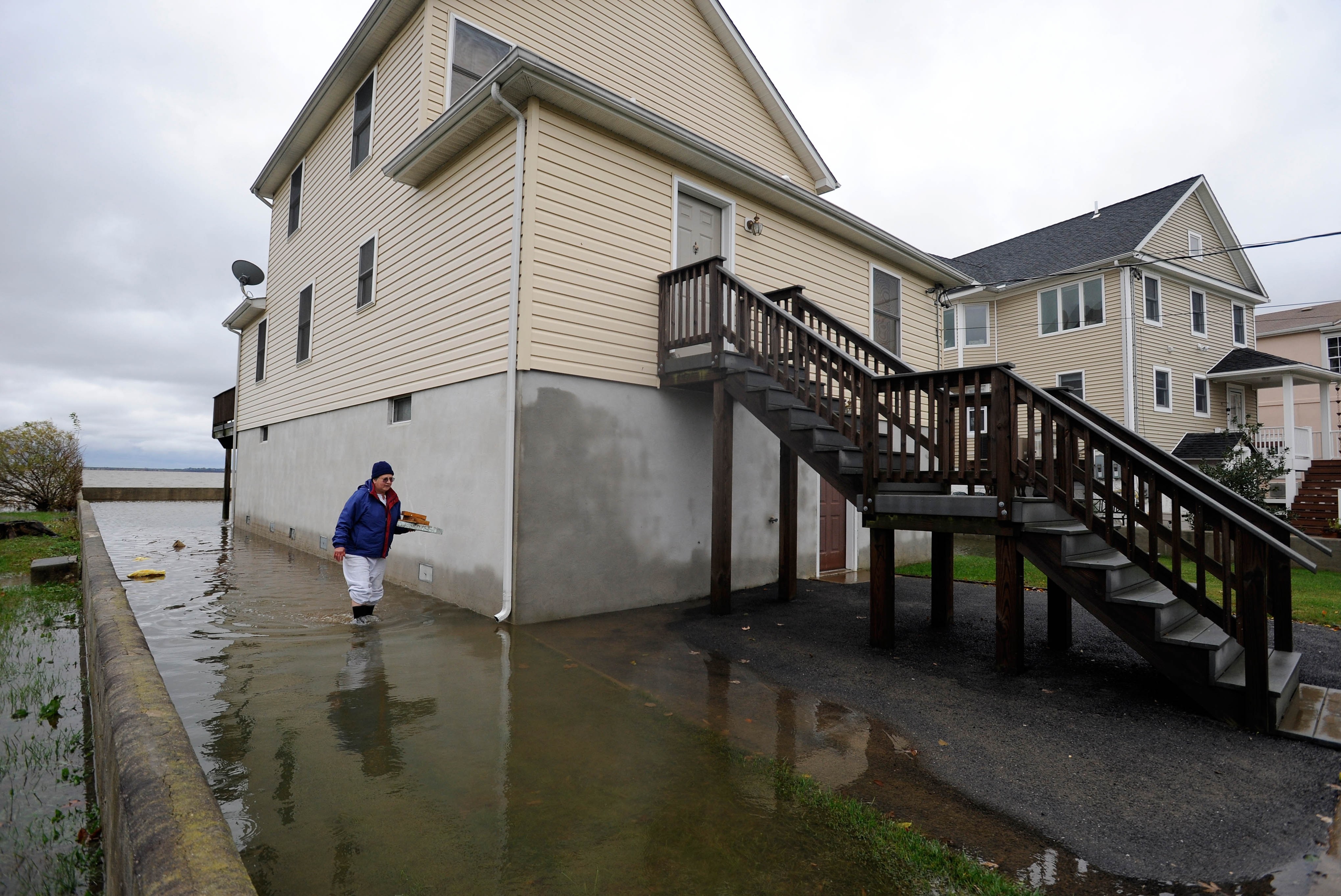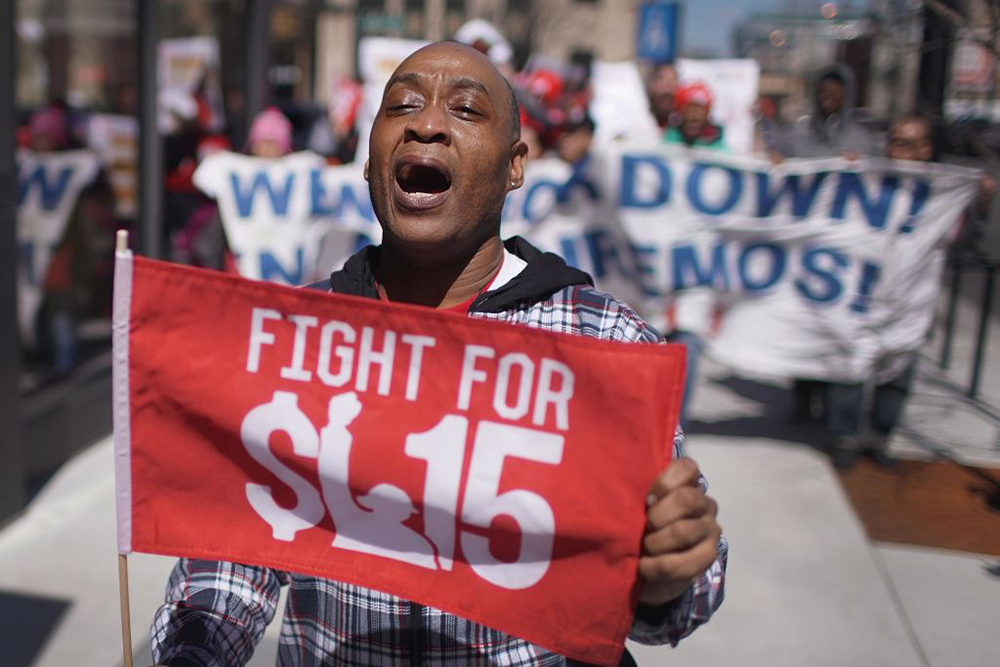“Our home is a 28×80 four-bedroom, two-bath that we got used three years ago. It was in like-new condition for a 15-year-old home,” said David Kelley, who lives in Beauregard, a town in Lee County, Alabama, that suffered major losses during a cluster of 34 tornadoes that caused 23 deaths on March 3, 2019. His mobile home sustained significant damage. “The storm knocked it off its foundation and cracked some of the metal piers underneath the house. It destroyed the roof and rafters and busted some of the floor joists,” he said.
That storm was one of a record 1,263 tornadoes in the U.S. tracked by the National Weather Service in the first half of 2019. Many of those storms have been concentrated in the Southeastern part of the country, in a region dubbed “Dixie Alley.”
Tornadoes in the South can be particularly deadly because there’s a relatively high percentage of the population there living in mobile homes — and most of those homes are spread out in rural areas, meaning lots of people with few options to escape the path of powerful tornadoes.
Get Talk Poverty In Your Inbox
Alabama and the Carolinas are consistently among the top five states with the most residents living in mobile homes — as well as in modular or manufactured housing, which is intended to be in a fixed location, but is similarly dangerous in severe storms. According to the Manufactured Housing Institute, residents of manufactured housing have a median household income of just under $30,000 per year.
Protecting these low-income, far-flung populations with limited resources from major storms isn’t easy. That made them a subject of particular interest to researchers involved in a recent University of Maryland study examining mobile homes.
The first challenge people face is receiving critical information in time to allow them to take action. The researchers found standard tornado warnings are falling short in protecting residents. In particular, mobile home residents were less accessible on social media and more dependent on their local TV meteorologist.
Researchers also found the majority of mobile home residents had incorrect assumptions about what they should do during a storm, with many believing myths and misconceptions that could be dangerous like “if you’re driving, you should take shelter under a bridge during a tornado.”
The researchers recommended that National Weather Service Weather Forecast Offices should work more closely with local newscasters to address this information gap. Similarly, forecasters could prioritize actions that mobile home residents can take to deal with limited physical supplies and inadequate shelter.
But educational campaigns can’t solve the problem completely, because residents (and the communities where they live) face significant planning challenges due to lack of resources and available services.
“Mobile home residents in our study reported statistically significantly lower perceived access to shelter and self-efficacy to take shelter compared to fixed home residents,” the researchers noted. Developing emergency evacuation plans is challenging in areas where many residents may lack reliable vehicles or other resources, or may be reluctant to leave their homes and belongings unattended for what may turn out to be a false alarm. It’s also hard to assemble an emergency kit when you can’t afford things like weather radios, hand tools, back-up batteries and chargers, or extra quantities of medications — let alone bigger items like generators.
Kelley said that in rural areas like his, residents often lack the time — and sometimes the transportation or ability — to get to a community shelter, even if they know where one is. “I wish every rural home had to have a storm shelter of some sort. We had four and a half minutes warning with this storm,” he said.
“It’s great to have community shelters available, but if people don’t have transportation to get there, or wait till they have confirmation of an approaching tornado before they move, the shelters are not effective,” said David Roueche, an assistant professor of structural engineering at Auburn University — located in Lee County. He specializes in researching wind damage and ways to make structures better protected from high winds.
He led a team that analyzed the impact of the March 3 storm, and specifically looked at the 19 out of 23 victims who lived in manufactured homes. Their investigation revealed that all of the manufactured homes involved either had degraded anchors, had anchorage systems that apparently didn’t meet state code, or lacked ground anchors entirely. Anchors are devices – generally made of metal, sometimes coupled with concrete – that are used in conjunction with straps or tie-downs to secure the structure to the ground.
“We know it’s a problem. What can these people do? We can enforce stricter building standards to give people a much better chance of survival in their home. We can install micro-community storm shelters — as in, smaller shelters that serve a street, or a cluster of relatives — but this all takes money that the residents don’t have. So how do we prioritize the limited pre-event mitigation funding from FEMA or other groups? What other funding mechanisms can we use? These are the questions we’re asking right now,” he said.
While progress has admittedly been slow, Roueche said he is encouraged by results seen in communities such as Moore, Oklahoma, which adopted enhanced building codes to strengthen their homes, with minimal impact on home prices. He is also a proponent of storm-vulnerable inland areas adopting the same Department of Housing and Urban Development building standards recommended in Florida and coastal regions, since climate change and unusual weather patterns have increased the incidence of extreme storms in a wider range of locations.
With nowhere else to go, Kelley said his family has no choice but to stay in their home while it is being repaired. “It is coming along slow but steady,” he said. He created a memorial area on a section of his property, where he will plant 23 fruit trees — one for each of the lives lost in the storm. The memorial also has a pond and chairs where people can come and remember the victims or just enjoy some peaceful solitude.
Kelley said he hopes it will provide some comfort to local residents.











